A few initial thoughts on Loper and the end of Chevron Deference
Patently O
JULY 2, 2024
In the past, both the USPTO and patent attorneys have largely ignored the larger scope of administrative law, but in recent years USPTO operations have been under tighter control from the White House, and courts have increasingly asked whether the agency is following the rules. The Loper decision : In Loper Bright Enterprises v.




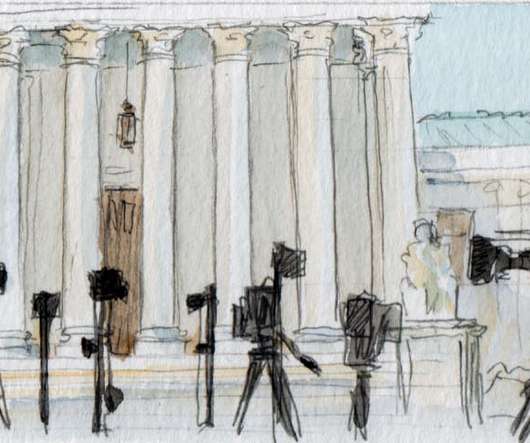


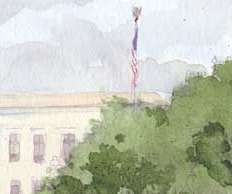
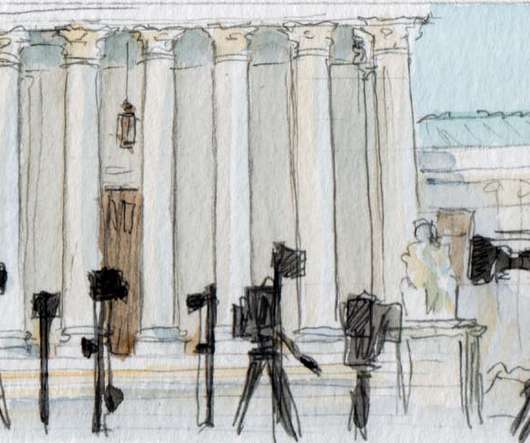
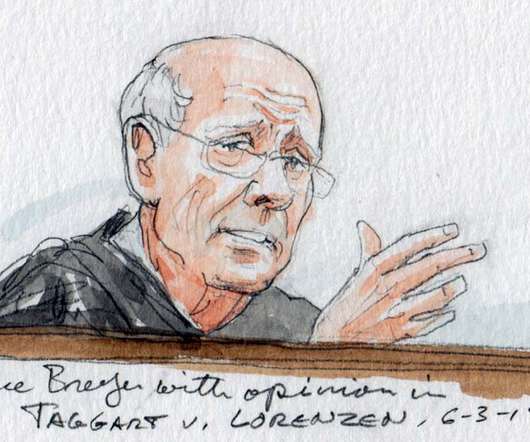


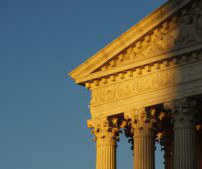








Let's personalize your content